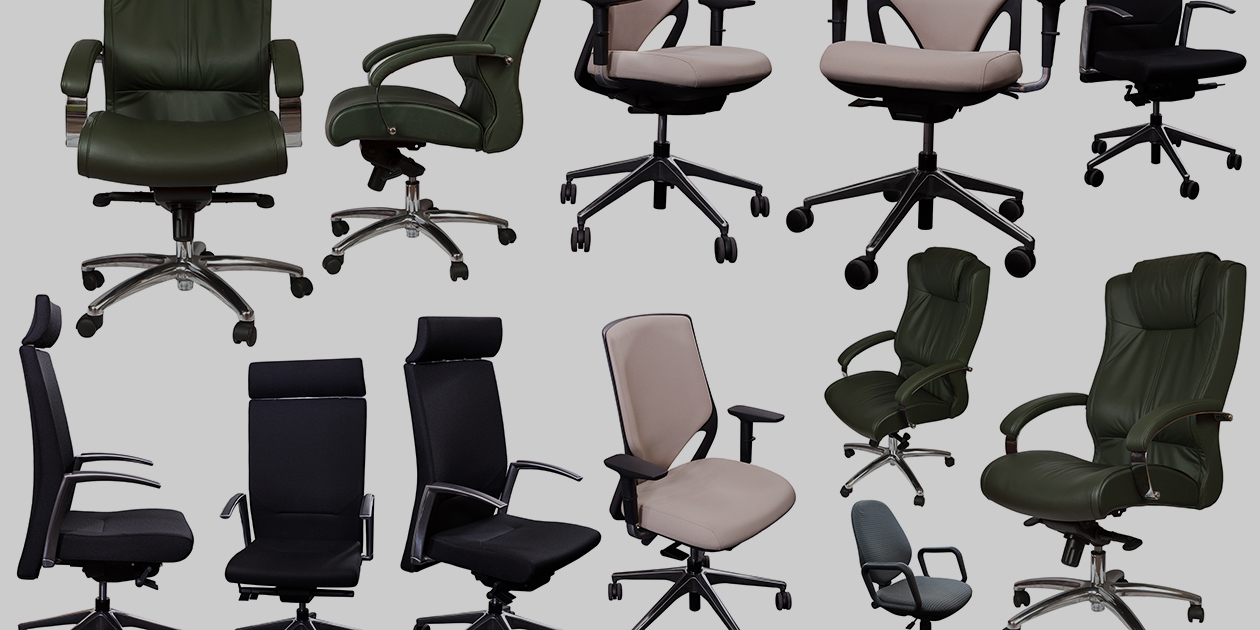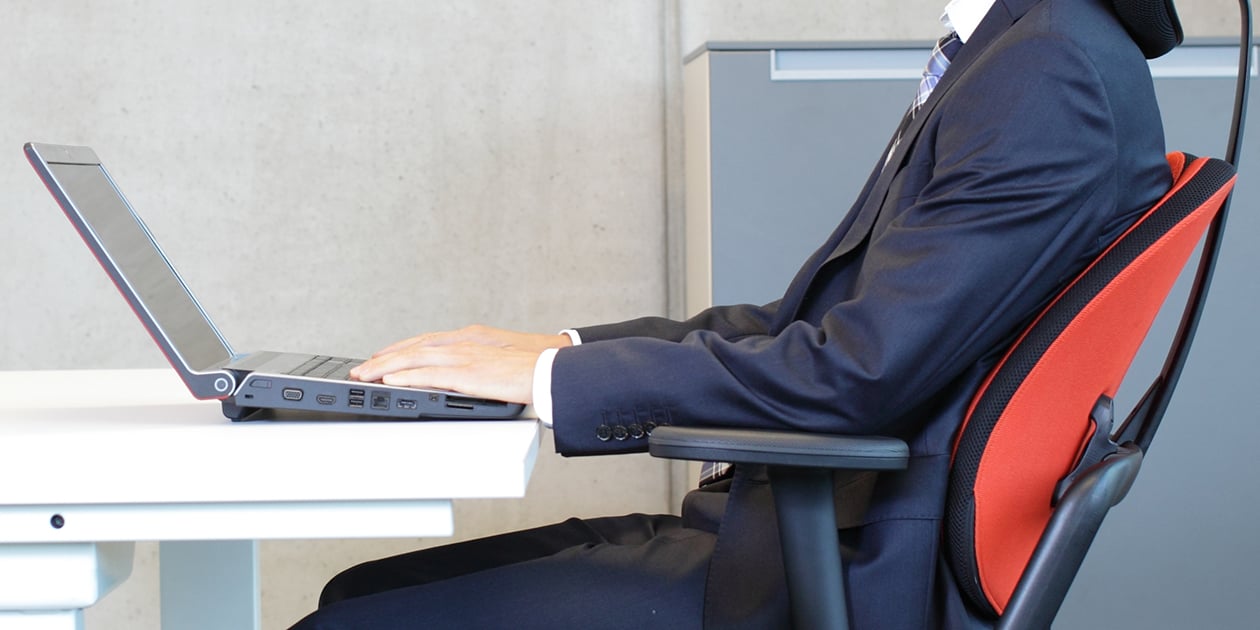Help any employee who uses a computer with these 5 simple steps to set up an office ergonomic workstation. The steps are easy. Start first with establishing neutral posture in the chair with your feet on the floor or footrest. Then progress to keyboard and mouse placement (keyboard tray), followed by desk height adjustment as able, then monitor height, and lastly, organize everything else within easy reach.
Good ergonomics takes practice. Whether sitting or standing, follow the five steps every day to make them a habit! Print out the infographic below and tack it to your cubical panel or somewhere convenient where everyone can see it.
Read More
![Read: 5 Steps to Setting Up an Ergonomic Workstation [Infographic]](https://www.worksiteinternational.com/hubfs/images/blog/5-steps-to-setting-up-an-ergonomic-workstation-infographic_1260x630px.png)








